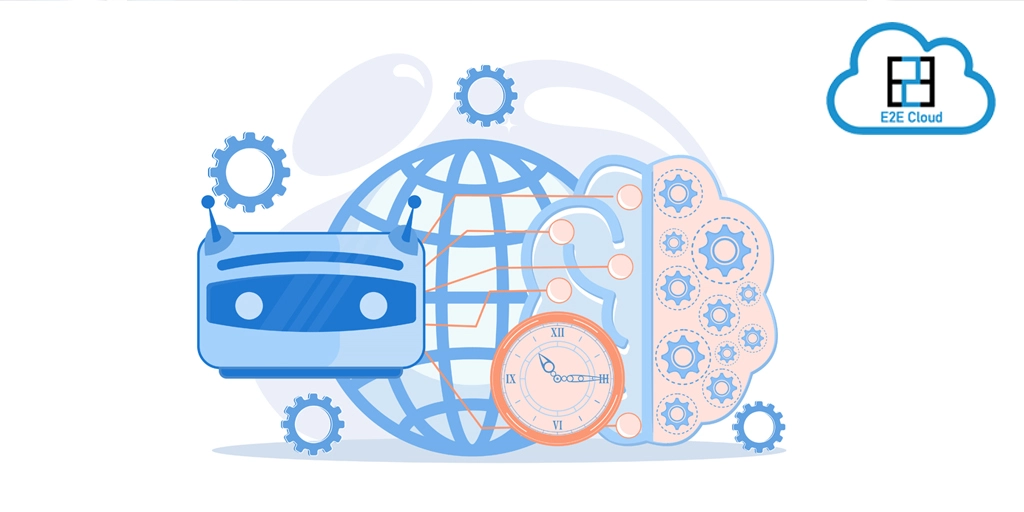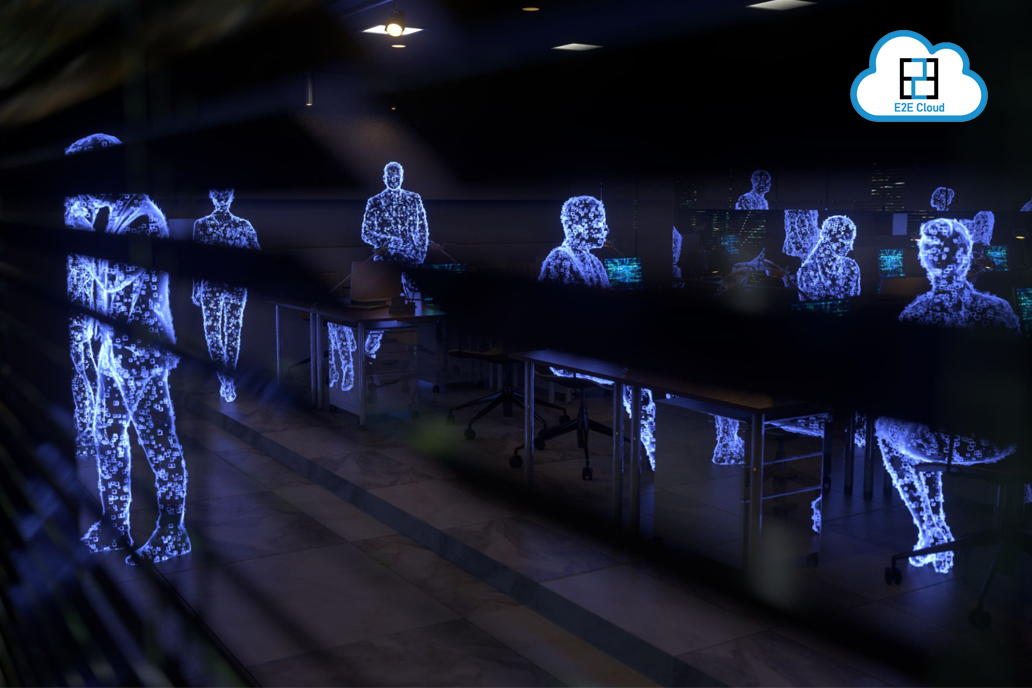What is an Open Source Application?The term ‘Open Source’ is spinning into the most evolving sensation of the entire Information Technology (IT) landscape. When we say open source, it refers directly to the open availability of the source code – a program code which is openly circulated and is accessible by the users, coders, or organizations to alter the code as per their requirements.There are 2 types of open source applications:
- Project / Community Open Source Applications are developed by a combined open source community effort and is backup by the developers who support the code without any compensation. For these kinds of projects, the source code is openly available to the community to fix bugs, security issues and make improvements.
- Commercial Open Source Applications, or COSS, is the term signifying full patents, trademarks and copyrights are owned and controlled by an entity. They may distribute the rights for free but at their will and mostly accepts code contributions by the developers who are willing to transfer the copyrights of the code to them. They earn revenue through support and consultation services to the users running their Applications. For Ex-Red Hat.
Now you must be thinking, what is a proprietary application?
A proprietary application can be demarcated as a Closed source Application distributed under an agreement a.k.a license agreement with the user that bounds the user for no modifications, replication or republishing rights of the application. In addition to this, the source code is not available to anyone and is kept closed source. A proprietary commercial application is usually kept guarded- just like a secret facility where a commoner is not granted access.A closed source arrangement is what you can expect from most businesses that protect their product and keep complete control on it, the motive is to earn a profit on it.
Let's weigh the Open-Source vs Proprietary Applications
Considering open source or closed source (proprietary) Applications for a business can highly impact your business productivity. The question is that whether you should go for an open source application with a highly flexible environment or do you want an administered environment?
“Certainly, there's a phenomenon around open source. You know free software will be a vibrant area. There will be a lot of neat things that get done there.” - Bill Gates
Let’s explore an outline of both the Applications systems -
Open Source Applications
Proprietary Applications
CostOpen source applications are free to use, distribute, and modify which might require some prior learning skills but can prove vital to & may offer significant savings once it’s adopted.The total cost of ownership can be an attractive opportunity for the business as they can utilize the framework without any subscriptions or AMC’s.The expense of proprietary Applications will differ upon the multi-layered nature requirements. The business will get a tweaked application from a trusted brand that incorporates security, advancement in a packing.For its development and maintenance, the developer recovers the expense in form of administrations, subscriptions, licenses etc.Service and SupportOpen Source Applications are supported by a community of open source developers. For any kind of support, you can get help from the community through discussions, blogs, forums and other platforms. There are huge and persistent online groups that you can turn to.The service & support area is a focal point of proprietary applications for clients. It provides ease to clients as they don’t require specialized skills to solve the problems. You can easily get support with a prerequisite help structureInnovationOpen Source Applications empowers you with the flexibility to adjust and tweak the products to suit your business requirements. The app innovations can also be gathered from online communities, participating groups, and other developers. Moreover, the access to the original source code doesn’t limit the fixes, future support, and development of the product.Proprietary application providers don’t permit you to view or tweak the source code for quality & security purpose. You will have to completely depend on the provider for R&D concerns. The R&D team works on the feedback received by the users and works on it, which might take undefinable time.UsabilityOpen source applications are generally designer driven and are agility for specialized use cases. Moreover, open source applications do not legally indulge you in product manuals, documentation etc. as most of them are standard and works under comprise standard license procedures.Proprietary Applications focus towards more users and therefore individual usability of the application is not highly suitable. In addition to this, users have to go through comprehensive instructions, manuals, documentation to understand the usability and abide them legally.SecurityOpen source Applications are not always developed in a controlled environment and the code is visible to anyone, open for bug security vulnerabilities. People from all over the world contribute to fix the application vulnerabilities and thus it leads to a more secure product.Proprietary Applications are well-thought-out & developed in an administered environment. The source code is only visible to only authorized persons who are limited and only they can audit and fix security vulnerabilities.Applications LicensesThe license for the opensource software is also referred as a copy left. This is a counter on the expression "copyright." Open Source applications come with free to use, distribute, and modifications license.The GNU General Public License (GPL) is a copyleft license which implies that the product is an open source.Almost all the proprietary applications imply a license to use. Even the ‘free’ term is linked to a license. The developers commercialize the applications & restrict the usage of the applications for certain use-cases and for specific environments.ReliabilityOpen Source Applications are considered as highly reliable applications. These applications can be coded for specific use cases and can be embedded with an additional feature set for the specific business use case.Proprietary Applications are developed by professionals/organizations exclusive to channels with no major differentiation.AvailabilityOpen Source Applications are free and come with a 24x7 support from open source and online communities.The support comes either in time bounded plans or packages designed by the developers/companies.
What to choose?
As businesses repeatedly look out ways to do more, adopting Open Source Applications can deliver benefits to your business. Open source applications offer greater flexibility, lower IT costs and increase opportunities for innovation. It is evident that for almost every successful proprietary Application we have an open source equivalent or sometimes even a better one.For a long-term perspective, the open source is a remarkable conclusion than Proprietary Apps. Since, Open source application evolves with iterations by the global communities which means that apps improve over time with a collective effort, skill, and knowledge from a skilled community.
While Proprietary Applications can result in -
The common theme of open source is to work on the innovation which is taken by diverse developers to create applications that interoperate.When assessing your organization’s present and expected applications requirements, always consider a significant criterion of a solution that has the capability to be agnostic. This will extend the value of your technology asset, as an open solution not only simplifies interoperability but also has the capability for integration amongst various providers.
Open platforms historically undergo a lot of scrutiny, but there are a lot of advantages to having an open source platform from a security standpoint. -Sundar Pichai
Open source software is accepted around the world -
- Over 50% of all Internet servers run on the open source operating system Linux
- Over 55% of all websites run on open source web server Apache (another 20% runs on other open source web servers)
“By 2018, more than 70% of new in-house applications will be developed on an OSDBMS.” – Gartner
According to a new market research published by MarketsandMarkets™, the global open source market size is expected to grow from USD 11.40 Billion in 2017 to USD 32.95 Billion by 2022, at a Compound Annual Growth Rate (CAGR) of 23.65% during the forecast period (2017-2022).To recap, don’t fall into the “it’s too good to be true” trap just by looking at an exclusive suite of an application’s perspective. Closed Source is great but is not necessarily the right alternative for all of your business needs.
Stay in Touch with us @ Twitter, Facebook, YouTube or LinkedIn
]]>


.png)







